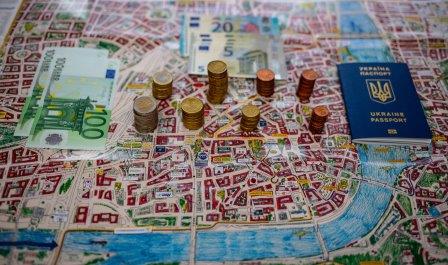What is your Cashflow Story?
If revenue is vanity and profit is sanity – then cash is king.
Cash is the only fact in a business. Everything else can be distorted. Cashflow is your organisational scoreboard. If you don’t know your cashflow, you are flying blind.
Net cashflow is the change in cash at bank and the change in debt between the start and end of a period.
Cashflow is used in 2 ways:
- Fulfill your organisations purpose
- Waste
Therefore, the quality of cashflow is a critical factor – never more so than in a crisis like we have now. From your banks perspective, your cashflow = your ability to repay. Given that your cashflow comprises your cash at bank + debt, your bank knows exactly what your cashflow is.
Along with net cashflow there are two other useful cashflow measures.
Marginal cashflow tells you how much working capital you require to achieve an additional € in sales. If the working capital requirement is greater than your gross margin you will run out of cash. Your business might be profitable but volume is detrimental to your survival. This is what ‘growing broke’ feels like.
The next cashflow measure is operating cashflow. Operating cashflow = EBITDA – changes in working capital (between the start and end of a time period). (EBIDTA stands for earnings before interest, tax, depreciation and amortisation.)
Many CEOs will gauge their performance against operating cashflow. However, even if EBITDA is greater than changes in working capital – tax, interest and investment in other fixed assets may show your working capital requirement is greater than the cashflow of the business. If so – you will have a negative net cashflow; as per the first measure.
Every organisation has 7 levers with which to improve their cashflow. The first 4 impact directly on profit and are measured in €:
- Price
- Volume
- Cost of goods sold
- Overheads
The next 3 levers relate to working capital and are measured in days:
- Debtor days (Receivables)
- Creditor days (Payables)
- Stock (or work in progress for service businesses)
The question you will want to answer is – what impact will a 1% or 1 day difference in any of the 7 levers have on your cashflow and profitability?
My experience is that price is the most generous lever. That said a combination of other levers can yield startling and very welcome results!
Calculating and sharing these numbers with your team at least every quarter will change behaviour and foster promote accountability.
Calculating your cashflow story is relatively easy. It just requires a small number of readily available numbers from your accounting system.
Contact me to find out more..
Read more about maximising cashflow..
Return to home page..

Share this on...